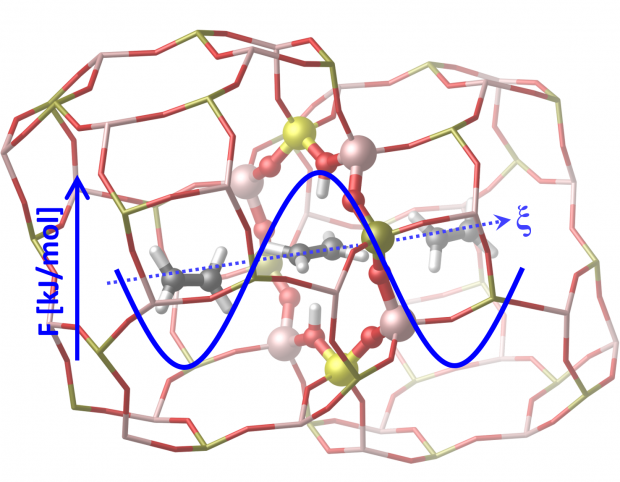Record-setting sorbents for reversible water uptake by systematic anion exchanges in metal-organic frameworks
Abstract
The reversible capture of water vapor at low humidity can enable transformative applications such as atmospheric water harvesting and heat transfer that uses water as a refrigerant, replacing environmentally detrimental hydro- and chloro-fluorocarbons. The driving force for these applications is governed by the relative humidity at which the pores of a porous material fill with water. Here, we demonstrate modulation of the onset of pore-filling in a family of metal-organic frameworks with record water sorption capacities by employing anion exchange. Unexpectedly, the replacement of the structural bridging Cl- with the more hydrophilic anions F- and OH- does not induce pore- filling at lower relative humidity, whereas the introduction of the larger Br results in a substantial shift toward lower relative humidity. We rationalize these results in terms of pore size modifications as well as the water hydrogen bonding structure based on detailed infrared spectroscopic measurements. Fundamentally, our data suggest that, in the presence of strong nucleation sites, the thermodynamic favorability of water pore-filling depends more strongly on the pore diameter and the interface between water in the center of the pore and water bound to the pore walls than the hydrophilicity of the pore wall itself. On the basis of these results, we report two materials that exhibit record water uptake capacities in their respective humidity regions and extended stability over 400 water adsorption-desorption cycles.


 Open Access version available at
Open Access version available at